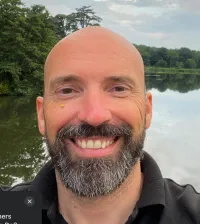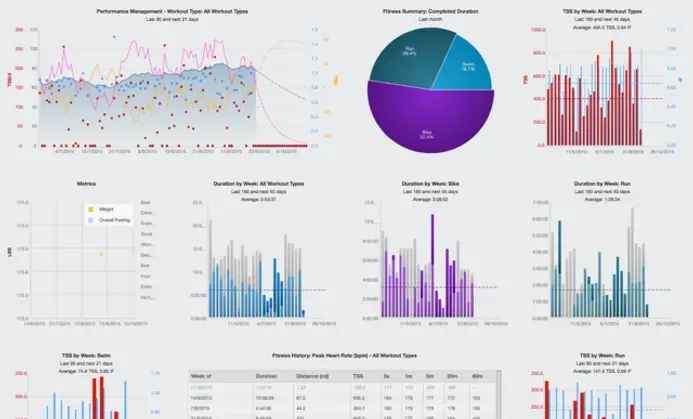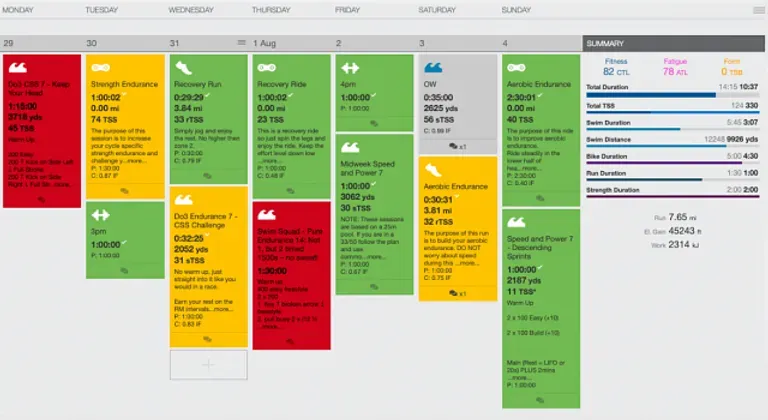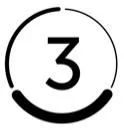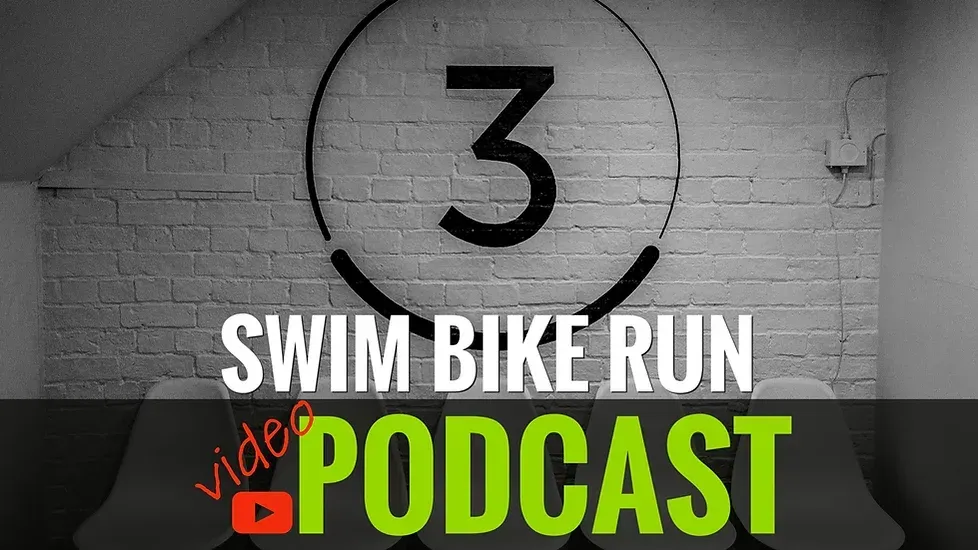Frequently Asked Questions
In short no, you can swim any stroke you want as long as you make it to the end of the swim by cut-off time. However BTF rule 4.1 states: “Backstroke is not permitted in pool swims; any competitor wishing to use backstroke at an open water event must indicate this to the Event Organiser before entering the water.” Backstroke in open-water can also lead to some sighting issues though.
Of course you can. But open-water-specific goggles do tend to come with larger lenses, which therefore provide better peripheral vision. The other area to consider is the lens colour, to cope with the different lighting conditions outdoors.
A catch-up drill is a swim drill to lengthen your stroke. One arm should be out in front, while the other goes through the whole stroke motion and ‘catches up’ to it. Then switch arms and repeat. it’s similar to your normal stroke action, just with one arm waiting on the other before starting to move.
In short the frame geometry. Typically that means shorter head and top tubes that you’ll find on a road bike, and a seat tube that’s closer to vertical. All this is to get your upper body lower and further forwards. This makes you more aero but also opens up your hip-leg angle to make it easier to run after the bike.
Functional threshold power (FTP) is your maximum sustained effort over a 45-60 min period. You can work it out by performing a 20min bike test and calculating 95% of your average power output for the ride. You will need a power meter (or a sophisticated indoor trainer such as a Wattbike) to obtain these results.
The most common is the clincher, which consists of a tyre and an inner tube fitted into the clincher wheel’s rim. Tubs (or tubulars) is a one-piece system where the tube is sewn inside the tyre. You glue this onto the rim of a tubular wheel. You can pump tubs up to a higher pressure than clinchers, which potentially means more speed.
A negative split – most commonly used in relation to the run – is where you pace to make sure that the second half of the respective discipline is faster than the first. It’s a common tactic to ensure that you don’t go too hard too early and ‘blow up’ further into the race. It’s especially important if you’re not good at pacing yourself.
Yes. Base training is all about keeping your heart rate down and building fitness, not about speed. So you may well find that you’re running slower than usual but that means you’re doing it correctly!



